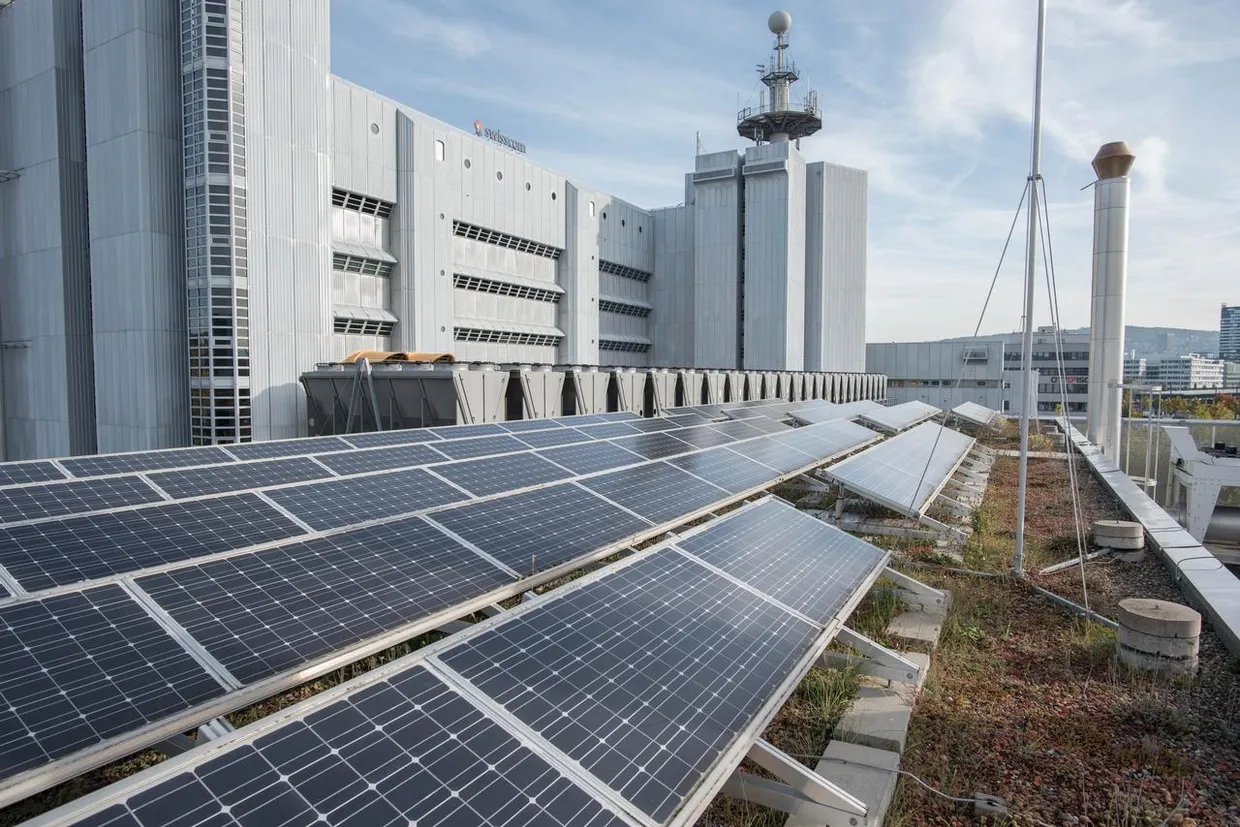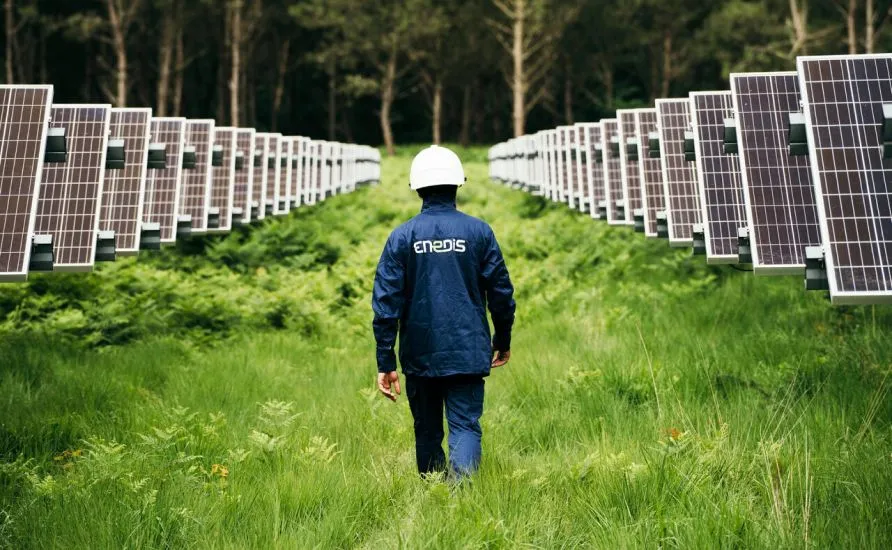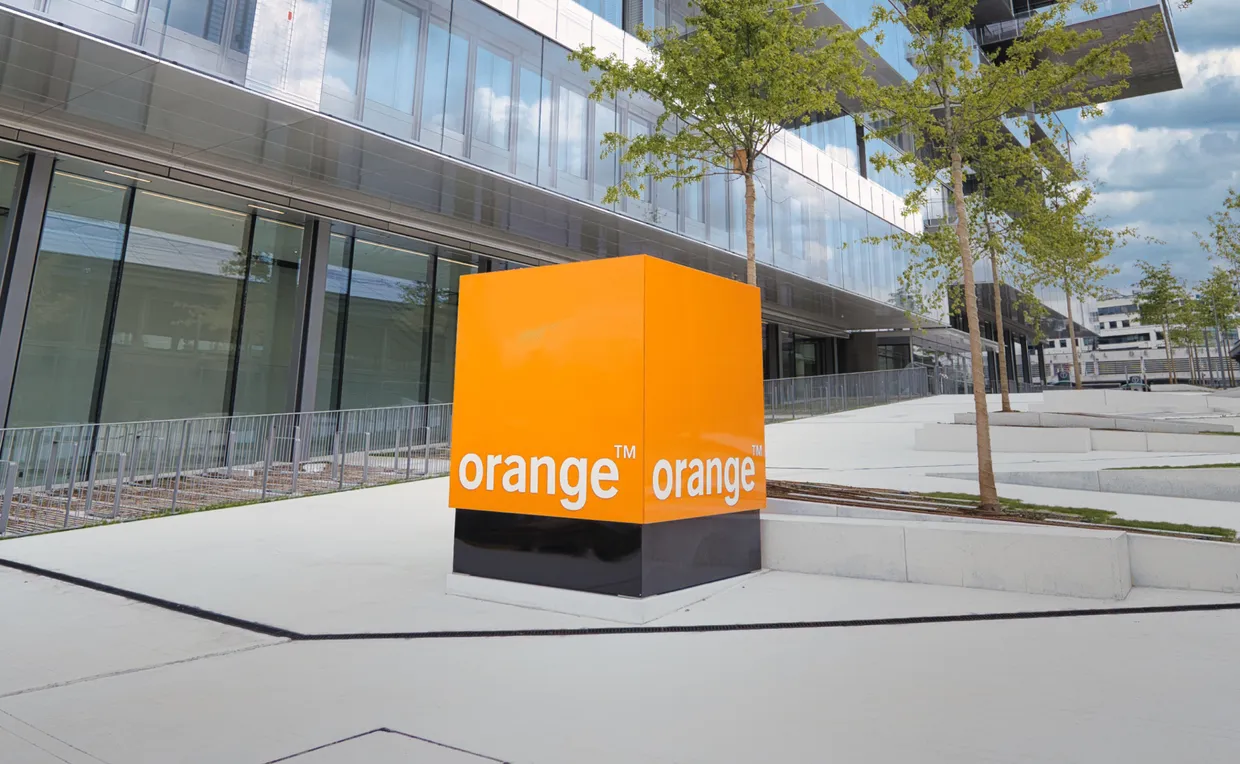Background
Swisscom is a major telecommunications provider in Switzerland and Italy, and was voted the world’s most sustainable telecommunications company by World Finance Magazine in 2020 and 2022. Swisscom’s leadership has set ambitious climate goals, including a target to decarbonize across their supply chain by 2025, and to go beyond Scope 3 by helping their customers set and reach their own emission targets.
“Swisscom has been committed to reducing its environmental impact for decades. With our 2035 Net Zero target, we aim to further reduce emissions within our organization, across our value chain, and for our customers too,” says Res Witschi, Delegate For Sustainable Digitalization at Swisscom.
Challenge
Most of Swisscom’s emissions are attributable to the components and devices the company purchases from suppliers and manufacturers.
Tackling these indirect emissions – Scope 3 emissions – therefore makes up the greatest proportion of Swisscom’s Net Zero effort.
With a network of more than 3,000 suppliers, this requires a massive coordination effort.
Attempting to achieve it using spreadsheets made it even harder. Swisscom had initially worked with an external consultancy, which had created a hefty Excel file which spanned 20 spreadsheets. The size of the document became too cumbersome, and its complexity meant that its use had to be limited to just a few Swisscom team members in order to avoid untrackable manual input errors.
An additional challenge was the varying levels of carbon literacy within individual suppliers.
Not only was it hard to get data, it was difficult to achieve good quality and regularly-reported data, meaning Swisscom couldn’t monitor emissions in real-time or simulate scenarios and reduction action.
“A person with the patience of an angel would have to send hundreds of emails and organize meeting after meeting to get the relevant data, then manually enter it into Excel spreadsheets. This quickly becomes confusing, especially when you work with thousands of suppliers,” says Witschi.
Solution
Swisscom was looking for a tool that could streamline carbon management processes: from automating and coordinating data collection across business units, suppliers and investments, to optimizing carbon reduction and contribution efforts.
With Sweep, Swisscom has been able to:
- Integrate historical information with new data and transition seamlessly from excel sheets to carbon management software.
- Use surveys to automate data collection across the entire organization and value chain.
- Compare different reduction initiatives to build the most effective decarbonization strategy.
- Reduce its carbon emissions by 10% in less than two years after starting to use the Sweep platform -reductions which go beyond the SBTi requirement in order to keep global warming below 1.5º
Supply chain emissions data management
Res Witschi explains that via the Sweep for Supply Chain module, Swisscom is working towards analysing the supply chain in a more granular way, including moving towards creating product-level footprints for its major suppliers.
Swisscom is also transitioning from using Spend-Based emissions calculations, to Activity Based calculations, which is bringing more precision to its supply chain emissions footprint.
“Sweep is bringing more simplicity and transparency to the complicated process of tracking our Scope 3 emissions. Now the team has autonomy and understanding over how they deal with their supply chain footprint”, says Res Witschi.
CSRD compliance
Looking to the future, Swisscom is preparing to comply with the European Union’s CSRD (Corporate Social Responsibility Directive) as of 2025.
The CSRD requires inputs on almost 1200 data points, and Res says that Sweep is likely to be a great help with getting them all completed in reasonable time and in a thorough manner.
“The sheer amount of data that you have to handle for CSRD compliance is huge, and we expect that Sweep will help us to do that in a very structured way. There’s a Materiality Matrix where you set your priorities. I hope this will help us to prioritise, so we can focus on the most important selection, and help us to structure the collaboration we will need to do with the many people who will work on this. With a task this size, we could otherwise end up in a mess.”
Res points out that to comply with the CSRD, it will be necessary to seek out the relevant data from right across the organization, beyond the Sustainability team – and that Sweep facilitates facilitates bringing them all together in one platform, via its user-friendly dashboards, and Sweep School training programs.




